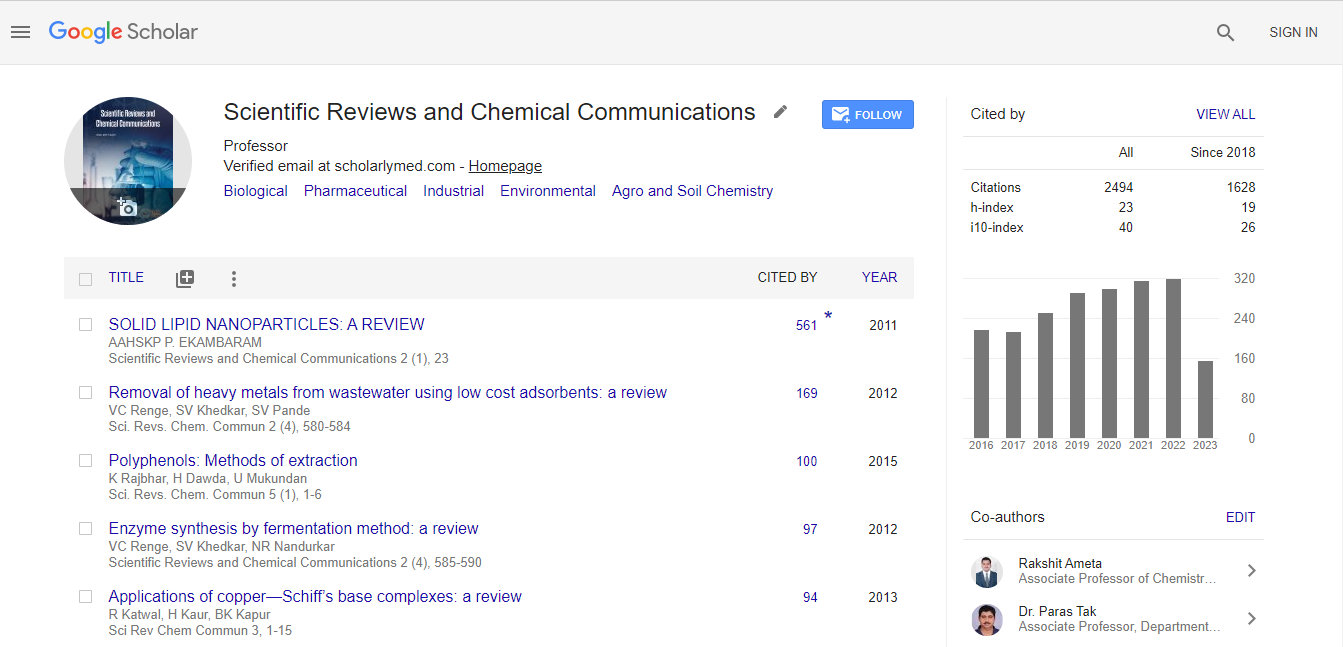Abstract
Microfabricated Potentiometric Copper Electrodes For the Selective Determination of Neostigmine Using Poly(3-octylthiophene) as a Conducting Polymer
Author(s): Dina A. El MouslyThe microfabricated potentiometric electrodes have been used in the field of medicine and biological science in the last few decades due to their cost effectiveness and easy processing. Our scientific motivation is to develop a novel and affordable copper (Cu) based microfabricated electrode for various pharmaceutical and biological applications owing to the fact that the currently used sensors are costly to microfabricate which prevent their extensive use. The suggested sensors use a new low cost copper material on sensitized printed circuit board (PCB) which is easily fabricated and compatible with the microfabrication processing. In this study, we further introduce the chemically prepared poly (3-octylthiophene) (POT) to be used as a conducting polymer between the Cu microfabricated electrode and the ionophore-doped membrane. The incorporation of POT provides more stability to the electrical signal due it its hydrophobic nature which prevent the formation of water layer between the solid contact and the membrane. In addition, the dynamic response time was obviously decreased to 3s due to the fast transduction with a reduced potential drift of 1 mV h-1 . Furthermore, ionophore screening has been performed using calix[6]arene and calix[4]arene to enhance the membrane selectivity towards neostigmine (NEO) as a model drug analyte. The proposed sensors showed good sensitivity and selectivity towards NEO in the presence of interfering ions

